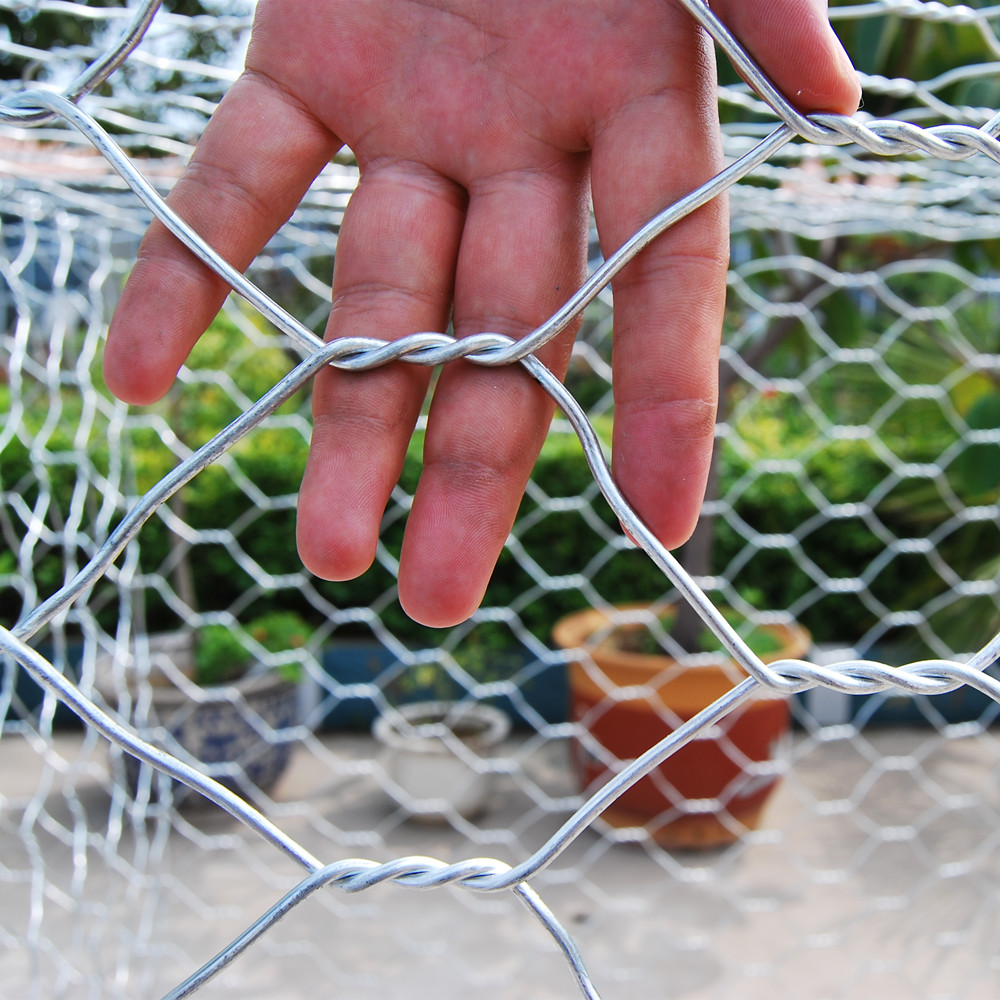8 月 . 21, 2024 20:41 Back to list
Understanding the Costs and Benefits of Gabion Structures for Your Project
Understanding the Costs of Gabion Products
In recent years, gabion structures have gained significant popularity in landscaping, civil engineering, and environmental management. Made from wire mesh baskets filled with rocks or other materials, gabions are versatile solutions for soil stabilization, erosion control, and aesthetic landscaping. However, one of the critical factors that potential users need to consider is the cost associated with gabion products. Understanding these costs can help in making informed decisions for projects involving gabions.
Components of Gabion Costs
When evaluating the cost of gabion products, it is essential to consider various components that contribute to the overall expenditure. The primary factors influencing gabion costs include materials, labor, transportation, and installation.
1. Materials Gabions are typically made from galvanized steel wire or PVC coated wire, which provide durability and resistance to corrosion. The cost of these materials can vary significantly based on quality and market conditions. Additionally, the price of the rocks or stones used to fill the gabion baskets can differ depending on local availability and type of stone. For instance, commonly used materials like granite or river rock may be more expensive than recycled concrete.
2. Labor The installation of gabion structures requires skilled labor, especially for larger projects. Labor costs can vary based on the complexity of the installation, the location, and regional wage levels. It is crucial to account for the number of workers needed and the time required to complete the installation, as these factors can significantly impact the total cost.
3. Transportation The transportation of both gabion materials and the fill materials to the project site is another crucial cost component. If the project site is remote or if bulk materials need to be transported over long distances, transportation costs can add up quickly. It’s advisable to source materials locally, if possible, to mitigate these expenses.
gabion cost product

4. Installation While some smaller gabion projects can be tackled as DIY tasks, larger installations may require professional help. Hiring a contractor can enhance the quality and durability of the construction but will increase costs due to labor and expertise. Moreover, specific engineering assessments might be required for large-scale projects, further pushing the budget upwards.
Cost Considerations
The overall cost of gabion projects can vary widely based on the project’s scale, location, and materials chosen. On average, the cost for standard gabion baskets ranges from $30 to $100 per unit, depending on size and material. However, when you factor in labor and transportation, total costs can quickly rise to several thousand dollars for larger installations.
When planning a gabion project, it is beneficial to conduct a detailed cost analysis that includes all of these factors. It is important to obtain multiple quotes from suppliers and contractors to ensure competitive pricing. Furthermore, considering the long-term benefits of gabions, such as their ability to control erosion and enhance landscaping, can help rationalize initial investment costs.
Conclusion
Gabion products present an effective solution for various construction and landscaping needs, but understanding their associated costs is crucial for project planning and budget management. By considering material, labor, transportation, and installation costs, potential users can better prepare for the financial implications of their gabion projects. In addition, due diligence in sourcing materials and investing in quality installation can lead to long-term savings and a successful outcome for any gabion application. Ultimately, with careful planning and execution, gabion structures can provide both functional and aesthetic benefits that justify their cost.
-
Temporary Fence Base Products Durable & Reliable Manufacturer Solutions
NewsMay.30,2025
-
Best Africa Chicken Netting Hexagonal Wire Mesh Durable & Weatherproof
NewsMay.30,2025
-
Australian Temporary Fence Solutions Durable & Reliable Products
NewsMay.30,2025
-
Galvanized Steel Gabion Net & Trusted Gabion Factory Solutions High Durability
NewsMay.29,2025
-
Top-Rated Removable Fences Durable & Easy-Install Solutions
NewsMay.29,2025
-
Steel Expanded Metal Mesh Fence
NewsMar.07,2025



